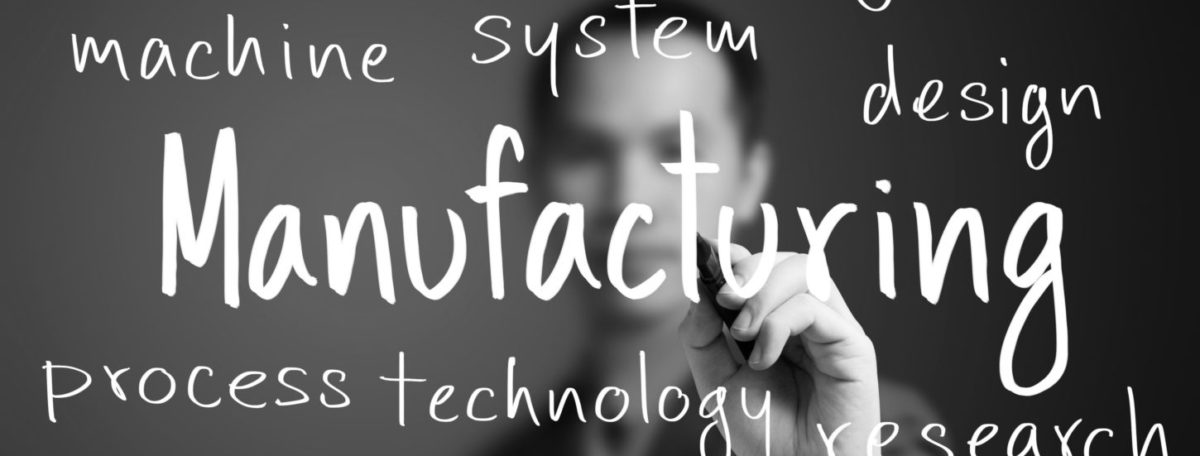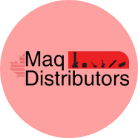Important factors while choosing ERP for Manufacturing Industry
Choosing ERP for Manufacturing Industry
If you are reading this you are either tech savvy or you belong to the manufacturing industry. For the majority of nations, manufacturing is considered as the backbone of the economy. In manufacturing, the process is huge and involves a lot of complexity. Without an ERP tool, all the operations would turn into nightmares. When selecting an ERP for your manufacturing unit you need to keep certain points in mind. The options are numerous and there is, in fact, an entire business ecosystem around this specific question (consultants, resellers, and companies that help you decide and/or implement the solution for you). It’s a huge subject but we’ll try to cover the basics to get you started.
Features
Obviously, whatever you choose needs to cover the basic aspects of your business requirements. The tool should have what you want or should have the option to integrate it. Your choice will be different if you want to make your inventory management more efficient compared to handling better your customers and sales leads – or if you want to improve how you work in both fields. It’s important to prioritize your goals as most of the best solutions out there -targeted to small and middle size business- also focus on doing one or two things well. So, the feature set they offer should match your goals as closely as possible.
Note that having more features than needed might sound like a good thing to have but, in reality, it adds unnecessary complexity and increases the learning curve (and drives hidden costs higher).
Data Visualization & Export
As all the processes have to be audited and documented, data integrity plays a vital role. Can your ERP generate a printable report of all interactions with customers, suppliers, affiliates etc? How about aggregate data graphs or end of month/year reports? What level of detail can the ERP provider in how your business works? Again, simplicity but also completeness in data visualization is key to understanding your business with a snapshot. Can you easily share this information among employees? Also, if you decide to change systems in the future is your information locked in the current ERP?
Usability
Here your human resource comes into the picture. Perhaps a make-or-break aspect is how easy it is to understand how the software works at a glance. Do you and your employees have to undergo lengthy training to learn and change the way they work? Or is the solution so well designed that you’ll hardly ever need a manual? The abundance of solutions out there makes this particular criterion potentially the decisive factor: The ERP with the shallower learning curve usually prevails over the ERP with the most features. This is true especially for very small businesses.
Security
Your organization can’t afford to have loopholes in the security system. You trust your crucial business data somewhere that at least initially feels foreign and you should be sure that proper encryption and security measures are in the place where necessary. At the same time, security should be as much as needed, it shouldn’t get in the way of usability and you should ‘buy’ to the extent that you need it (e.g. there’s more reason for it if you know that in the past a competitor has been after your data)
Data Import
It’s important to consider – especially if your business has been running for a few years now – how and to what extent will you be able to import your existing information into the new system. This is a function of what format your data are in currently, how well organized and easy to process are and to what extent you’ll need to manually edit in order to be able to start to actually work with them.
Maintenance
Once the system is in place, it’s not the end of the story. You have to consider how much it will cost to maintain it and in what way it can be upgraded to include further features or needs that will arise in the future. Also, consider hardware equipment and additional licenses you might need as well as what the backup scheme in case of disaster. Hosted or Software-as-a-Service solutions usually offer this out of the box. So small & medium enterprise (SME) do not have to deal with upgrades, maintenance, and installations. All is needed in the latter case is a web-browser and an Internet connection.
Miscellaneous
Apart from the above points, there are a number of other details that are easy to forget but can hugely limit your solution if left unchecked. Most likely the system needs to support multiple currencies (e.g. in its reports) or have product tracking capabilities. Furthermore, there might be industry- or business-specific individual needs that must be covered in your particular case. Also, the tool might have to integrate with the website if the company sells online
Cost
Everything boils down to Cost. Firstly, we need to change the mindset that implementing an ERP is an investment for the organization. Yes, cost plays the vital role in selection, but it depends on factors like domain related, proprietary or open source software, no of users, etc.
See here for more information on implementing ERP for the manufacturing industry.




